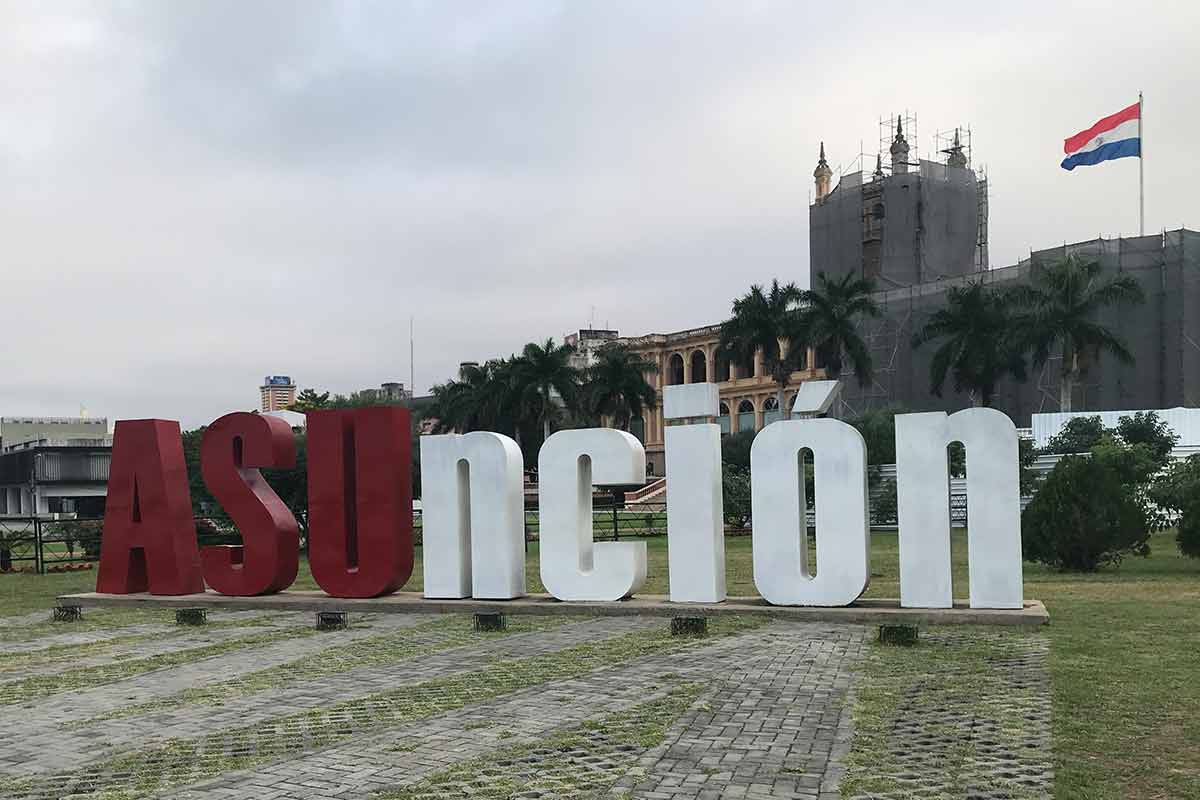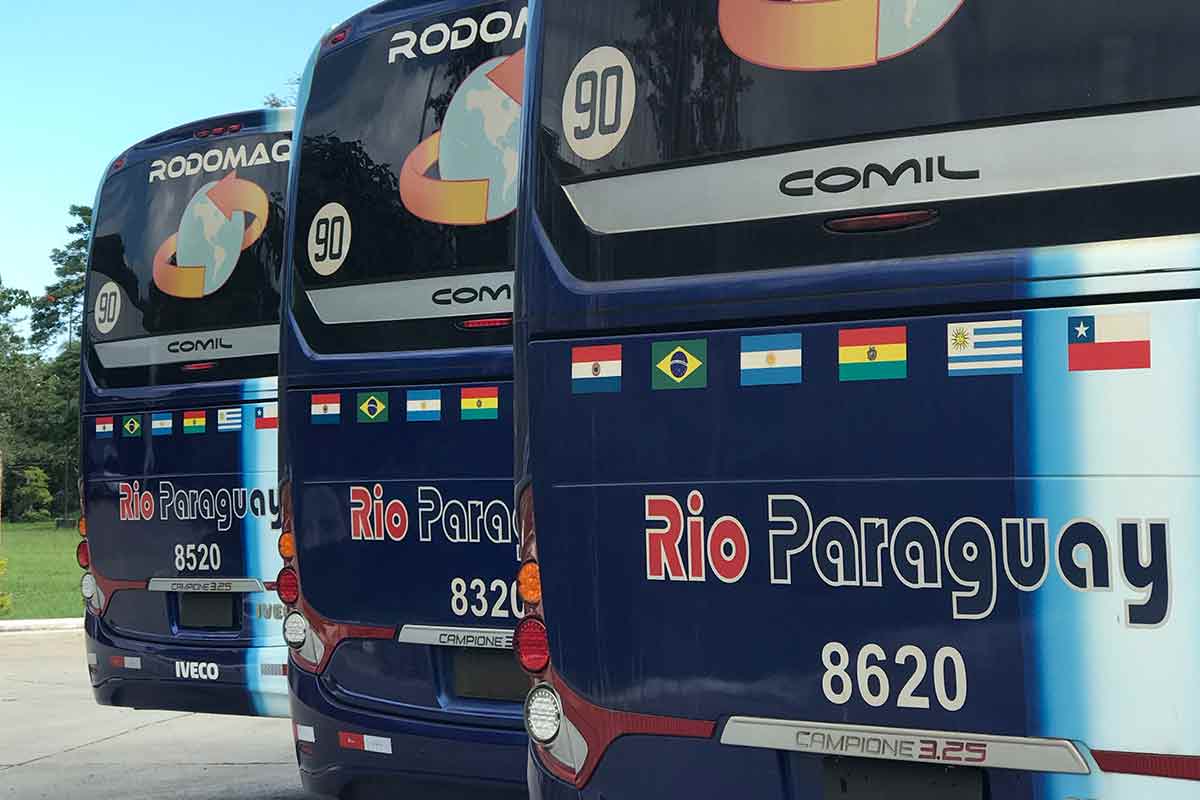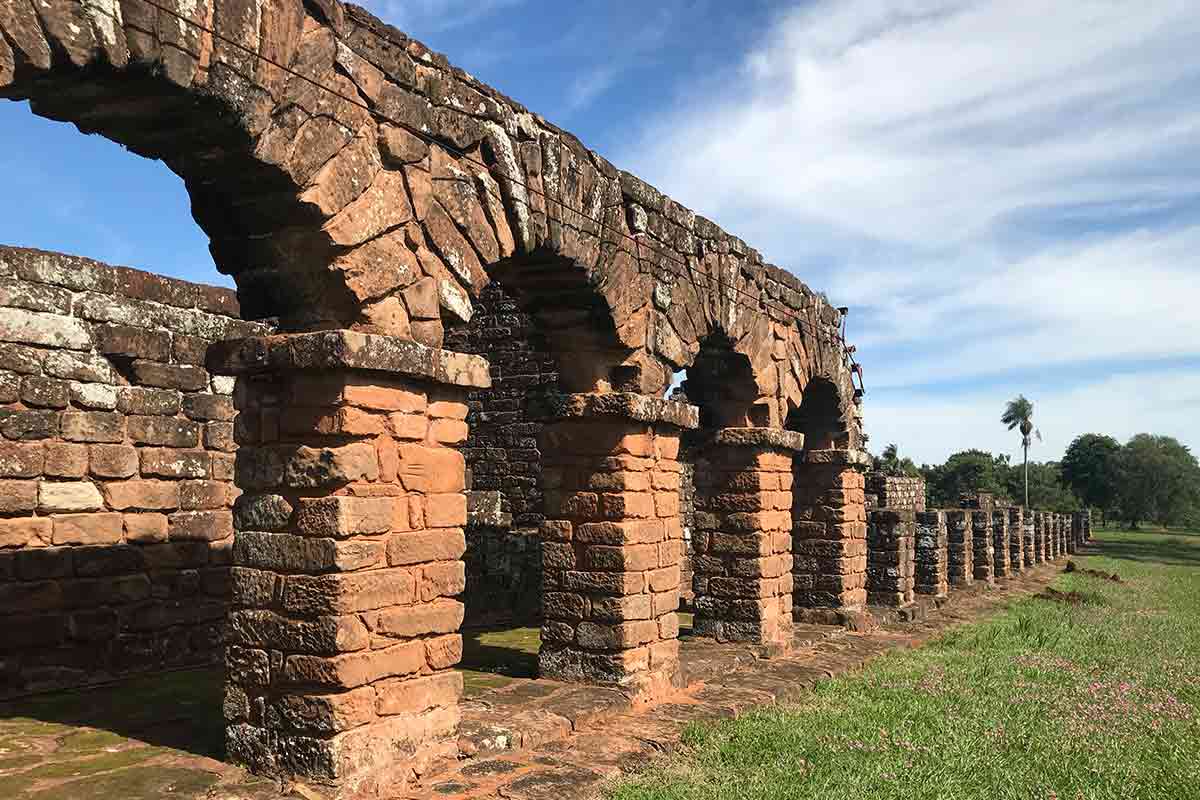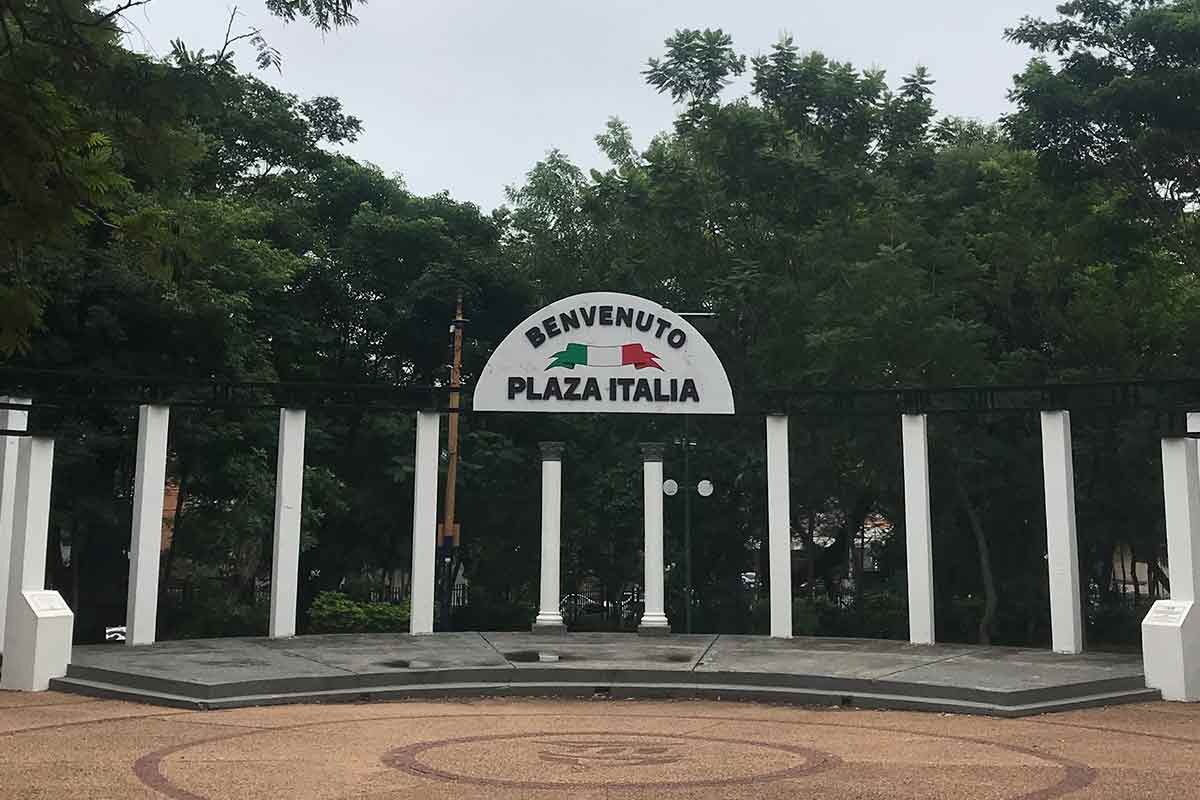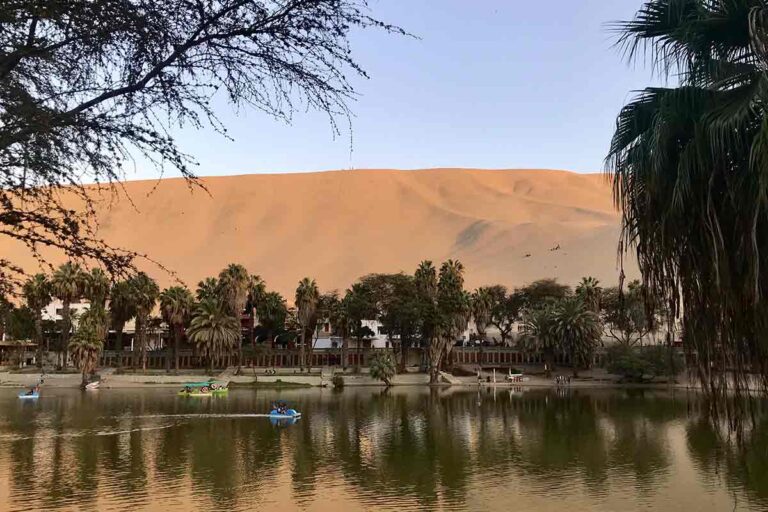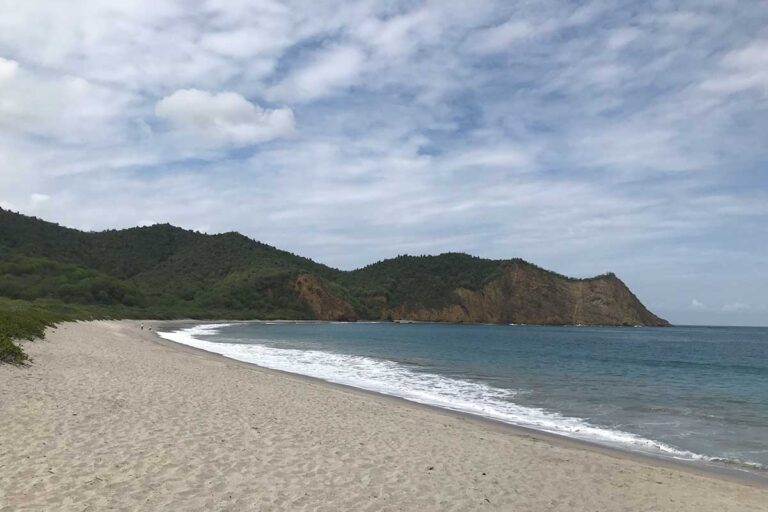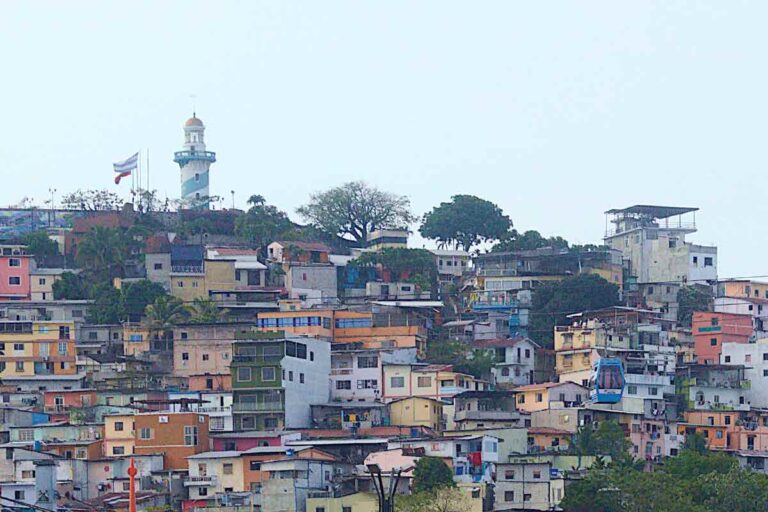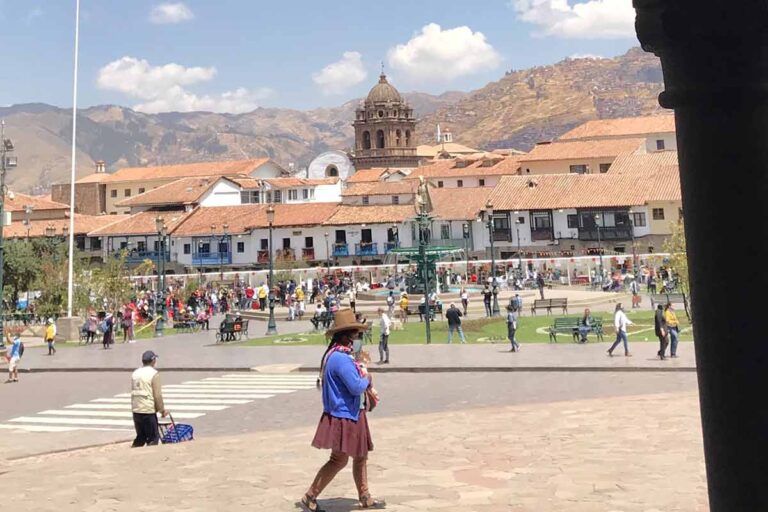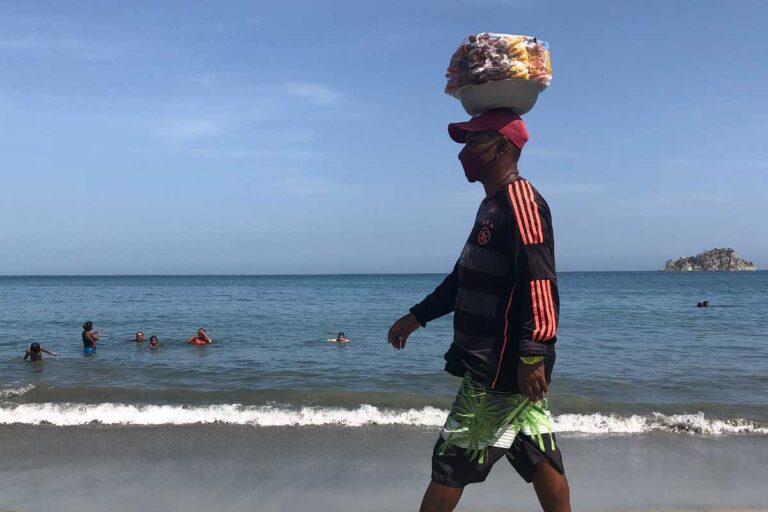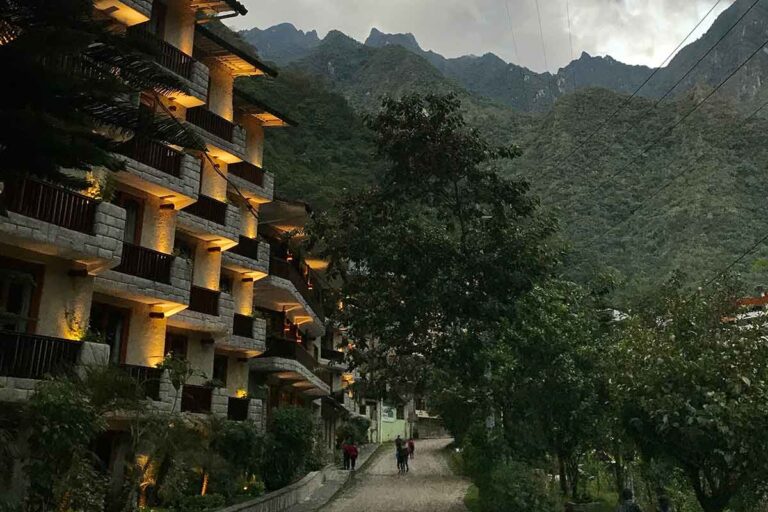Things to do in Paraguay
Welcome to this backpacking guide on things to do in Paraguay.
This country is often considered one of the least popular for travelers to head to.
Not because it lacks culture or unique experiences, however more because it doesn’t have any of those major travel bucket list items.
However what we can find here in Paraguay is a raw, unchanged culture which mixes both Spanish influence along with the native Guaraní roots (who still flourish in parts to this day).
We can also find awesome destinations too. These include the exotic wildlife of the Gran Chaco, the Jesuit Mission Ruins near Trinidad as well as the second largest hydroelectric dam on the planet.
Things to do in Paraguay
In this guide we’ll explore Paraguay, what to see and do, the best places to stay as well as our own top tips for a backpacking trip here.
Is Paraguay worth visiting?
Whilst we have seen some really unorthodox gems in Paraguay, we’ll be honest in saying that it’s not the same experience as you would have along the usual backpacking route.
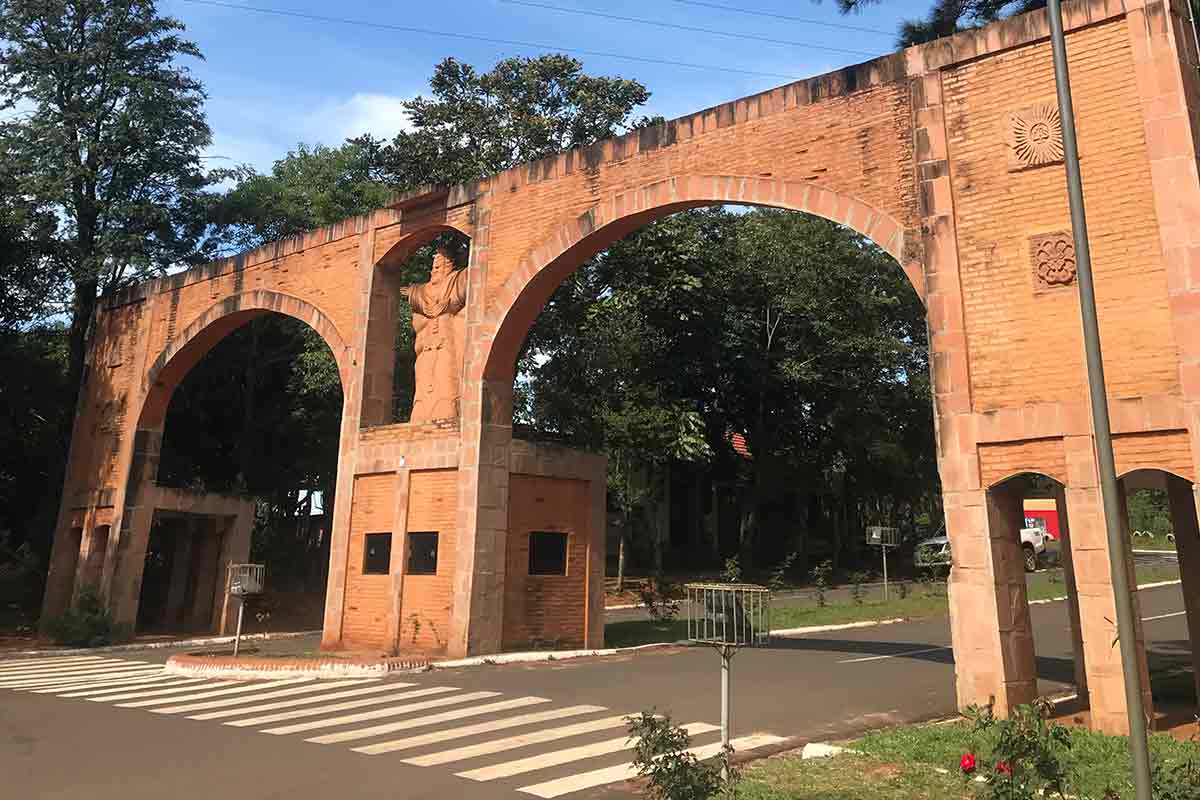
The culture is much more unfiltered, which is perfect for those who dislike how tourism is affecting places (a good example is Cusco which is now overrun with tour companies).
The markets here are a wonderful place to see how local life flows, with the Mercado Municipal 4 in Asunción the very best for trying different foods and drinks (such as Chipa and Tereré).
Paraguay is also home to the Gran Chaco, which is one of the most ecologically diverse areas on the planet. It’s quite similar to the Pantanal in Brazil, however offers a large variety of landscapes and is home to more unique animals such as the Black-bodied Woodpecker as well as the Chacoan Peccary.
Another reason Paraguay is worth visiting is because of its diverse range of cities. There’s three main ones here (Asunción, Encarnación and Ciudad del Este), and each has its own vibe as well as underrated things to see. We’ll explore these cities later in this guide.
How to Get to Paraguay
Although Paraguay seems extremely remote and hard to get to, the opposite couldn’t be truer. Bordering Brazil, Argentina and Bolivia, the land borders are pretty easy to travel.
I (George) did the one from Argentina, passing between Clorinda and Asunción which was a breeze (aside from me losing my debit card in a cash machine, which was my fault…).
The border from Foz do Iguaçu (Brazil) and Ciudad del Este is the most popular way of getting in, where you can take a bus and then stroll into Paraguay along the bridge. The Bolivian border is a little more remote, however is perfect for those coming from Santa Cruz de la Sierra.
Those who are further away than the bordering countries or prefer more comfort can also fly into Paraguay. The capital of Asunción has direct flights arriving from other South American nations such as Chile, Peru and Argentina (usually costing between $80-160 for a one-way flight). Those further abroad can also find direct flights to Paraguay from Panama and Spain.
Got travel insurance for Paraguay?
Unique Things to do in Paraguay
Now that we’ve covered some of the basics, let’s now get stuck in with the very best things to do in Paraguay so you can start planning your very own trip here.
Explore the Gran Chaco
This rich, bio-diverse area is a must for nature lovers. Located in the north-west of Paraguay, the Gran Chaco consists of several biomes ranging from giant Salt Lakes to Palm Savannahs.
As well as seeing a range of exotic plants, you’ll also see many animals too including Tapir, Anteaters and Armadillos.
Jaguars also roam these lands, and you’ll have the best chance of seeing them when heading with this multi-day adventure tour. Overall it’s a really unique area to visit in Paraguay, and we highly recommend adding it on if you have the time (from which you can then travel to Bolivia on your trip).
Try out novel Paraguayan Cuisine
One of the best things about heading to Paraguay is that you’ll get to enjoy a more raw and unique region of South America (in the sense that it’s not at all built-up for tourists’ eyes).
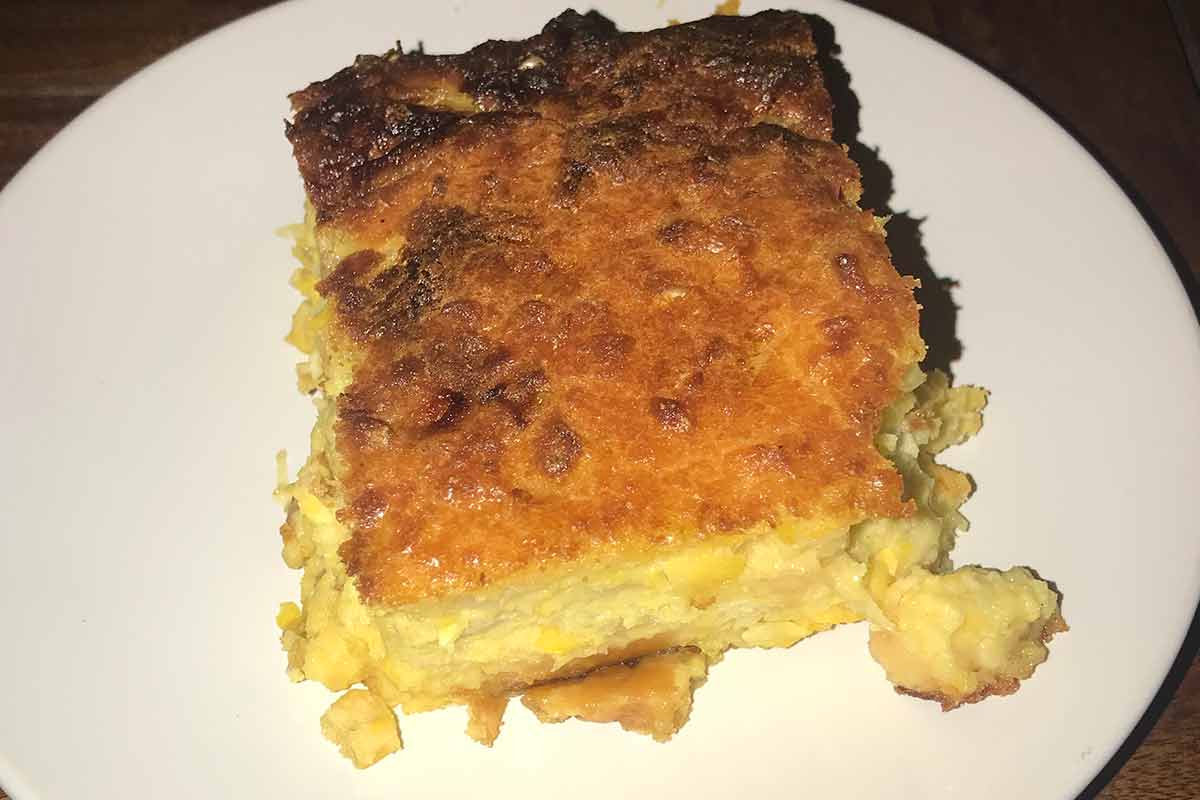
The food here is quite different too, where you can try local staples like Asado Paraguayo and Pastel Mandi’o (which you’ll see being prepared and sold on many street corners).
The simple yet tasty dishes of Mbeju and Chipa are also worth trying, and the Mercado Municipal 4 in Asunción is a great place to sample them.
Visit the Ybycuí National Park
This is simply a must for travelers who love getting into nature. The Ybycuí National Park is located some 4 hours away from Asunción, and is home to many beautiful waterfalls including those of Escondido and Guarani.
Along the walk you’ll also see many plants native to this area of Paraguay, before getting to take a cool dip in the falls. You’ll need to head with a tour, and we recommend this day tour from Asunción which includes all transport and a local guide. You’ll also get an included bonus visit to La Rosada – the first ever iron foundry built in South America.
Get Immersed in Paraguay’s Unique and Mysterious Cultural Roots
As already mentioned with the food, Paraguay has a melting hotpot of cultures which first began with the native Guaraní people.
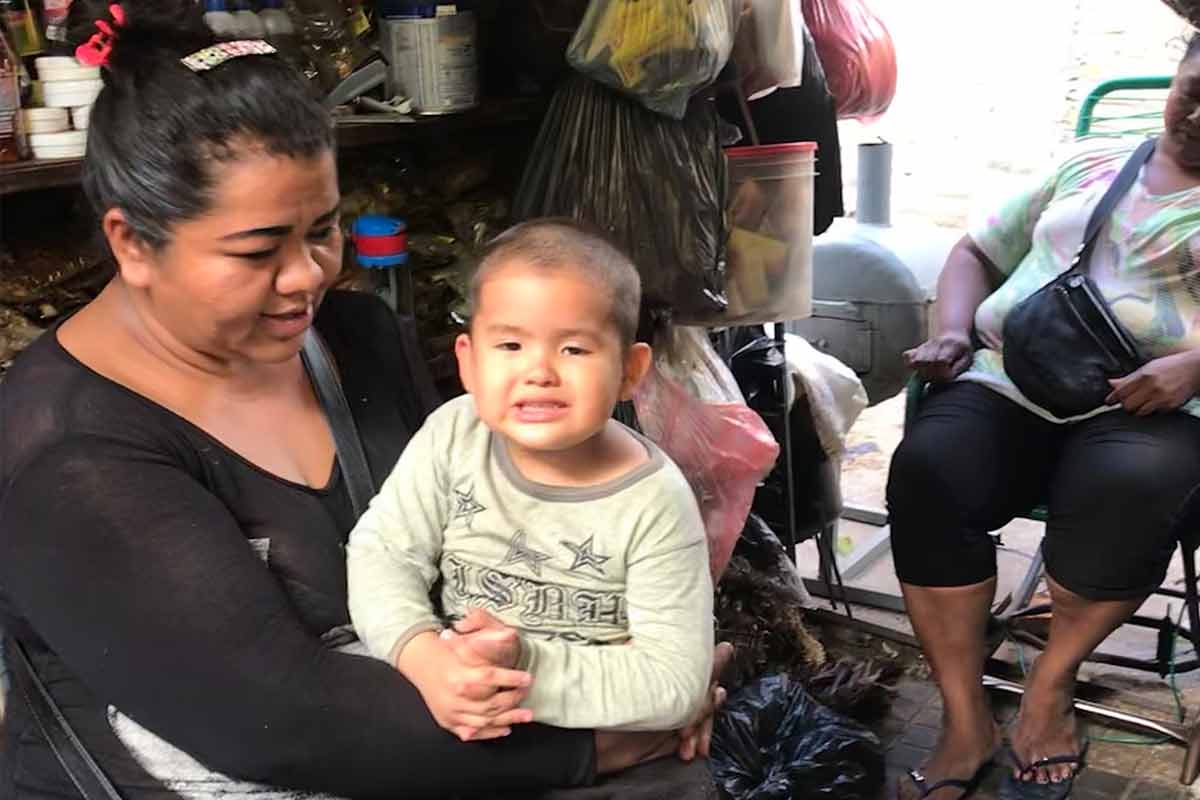
Heading to the Mercado Municipal 4 is a great place to start where you can chat with these indigenous locals over a cold Tereré brew (most speak Spanish).
Whilst in Asunción, you can also head to the Andrés Barbero Ethnographic Museum which has four rooms full of different ancient artifacts. This includes feathered headdresses, carved canoes and other hunting equipment used by these indigenous groups.
Head to the Jesuit Mission Ruins near Encarnación
Built in the early 17th century by missionaries, these ruins are quite different to the usual ruins you’ll see in South America.
These red-stained brick complexes were actually made to help the local Guaraní population, who previously lived in much worse conditions at the hands of the Spanish Rule.
Whilst various can be found within eastern Paraguay (and in some parts of Argentina and Brazil), the very best are located in the town of Trinidad, which is close to Encarnación.
This includes the Jesuit Mission of La Santísima Trinidad de Paraná and Jesús de Tavarangüe, which are the two most famous. We think these are a must-visit on any Backpacking Trip through Paraguay.
See the City Highlights of Asunción
The capital of Paraguay is full of gems and architectural delights, which is why we recommend spending quite a bit of time here.
First you can head to La Catedral, which is the historical center of Asunción. The best sites here include the Palacio de López, Panteón Nacional as well as the Catedral Metropolitana de Nuestra Señora de la Asunción. The Botanical Gardens is another nice spot for those who want a rest from the busy city scenes.
Paraguay Backpacking Tips
- Although there are a few regions which can be cool, the majority of Paraguay is going to be hot year-round. This means you’ll want to pack lots of light clothes. There’s a good chance of rain here regardless of the month you visit, so we also recommend bringing some solid hiking boots if heading on some of the jungle treks. We suggest these boots for men, and these boots for women.
- The right amount of time to spend in Paraguay really depends on you, your interests and how much time you have. However we would personally suggest that 10-14 days is usually enough to see the majority of the best highlights. You’ll want to plan more time if heading deep into the Gran Chaco, given these tours usually last several days.
- Although Paraguay is much safer than other South American countries, you’ll still want to take the usual precautions such as dressing down and not bringing valuables out and about with you. This is especially true in Ciudad del Este, as well as some of the poorer parts of Asunción.
Where to Stay in Paraguay
The three main cities of Asunción, Encarnación and Ciudad del Este are the main ones for travelers to base themselves in. Each has a range of different accommodation options, and also lots of tourist value too.
In Asunción, the best areas to stay are either in Catedral (the Historic Center) or in Las Mercedes, which have lots to see and do. The Nomada Hostel is the perfect option for travelers who want to stick to a budget, which also has an on-site swimming pool and breakfast.
Encarnación as a whole is the safest city you can visit in Paraguay, so pretty much any area is good here! We still recommend near the historic center or by the beaches though, given they are the best locations for seeing and doing things.
La Casa de Pedro Hostel is a solid budget option, whilst those who want a more luxurious and private experience can stay at the De La Costa Hotel which is right next to the beach.
Of the three cities, Ciudad del Este is by far the most chaotic and less safe. However there is one good area where I (George) stayed, and that is Area 1.
Here we’ll find many restaurants and good nightlife, a nearby scenic lake as well as an overall safer atmosphere. The Central Park CDE Hotel is a conveniently-located choice, which offers some cozy private rooms.
Best Time to visit Paraguay
Paraguay as a whole has two main seasons (the dry season and the wet season) which can vary your experience.
Below we’ll use Asunción as an example, which most other destinations are similar to.
The dry season runs from June until September, which coincides with Paraguay’s winter season. Temperatures are overall cooler and more tolerable, with daily averages of 64-70°F, highs of 81°F and lows of 56°F.
Rainfall is lower too in the dry season, where you can expect anywhere from 2-3 inches (in Asunción). Of course other areas can vary depending on where you go, but overall these months tend to be drier than the rest of the year.
The contrasting wet season begins in early October and lasts until May. Temperatures as a whole get hotter during these months, with averages of 74-82°F, highs of 92°F and lows of 61°F.
This season sees much more rainfall, with anywhere from 4.5-6 inches falling throughout each of these months. It’s a good idea to bring a solid waterproof poncho or jacket with you if heading here during any of these months.
It’s important to note that some areas in Paraguay can vary wildly from the norm, such as the Gran Chaco.
Here we’ll find extreme variations of both weather and rainfall throughout the year (it has various micro-climates), however the months of June until September remain the best for visiting and seeing the most wildlife.
Things to do in Paraguay
And that’s all for our backpacking guide to Paraguay.
This country is a highly-underrated one in South America, and is perfect for the traveler who wants a more unique and off the beaten path experience.
Here we can meet mysterious indigenous groups, try authentic Paraguayan cuisine as well as visit some awesome destinations too.
In this guide, we’ve covered everything you’ll need to know about Paraguay. This includes the best things to see and do, the best time to visit, where to stay and much, much more.
We hope you enjoyed reading this guide! If you have any questions, feel free to drop a comment below and we’ll get back to you as soon as we can.
Be sure to read our Paraguay Travel Safety Guide next to learn how to stay safe whilst enjoying everything that this novel South American nation has to offer.
👉🏽 P.S. If you’ve found this guide helpful, buy us a coffee here to say thanks! Or, support us by downloading our South America Travel Bible to get our best content.
“Dear traveler! Some links in this post contain affiliate links. Meaning, if you click through and make a purchase, book a hostel or sign up for a tour, we may earn a small commission at no additional cost to you. Your support means a lot and helps us to carry on traveling and maintaining the quality of this site for you.”

